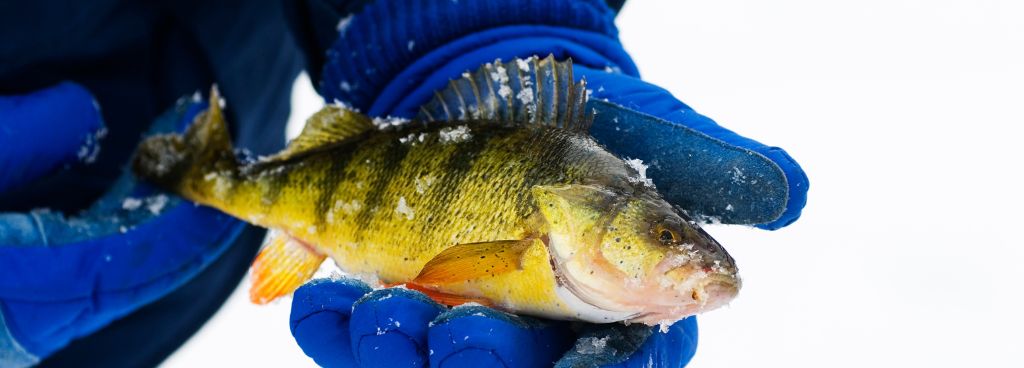Stories Worth Reeling In...
Last Updated on September 28, 2023
As anglers, we know that every aspect of our fishing gear and attire plays a crucial role in our overall fishing experience. One such topic of debate among fishermen is whether or not to wear gloves while fishing.
By the end of this article, you’ll have a comprehensive understanding of whether or not wearing gloves when fishing is the right choice for you. Now, let’s dive into the world of wearing fishing gloves and explore the various scenarios where they can make a difference in your fishing journey.
Table of Contents
When it comes to protection, fishing gloves can be a valuable asset. They act as a shield against cuts, abrasions, and the harsh elements that come with spending long hours on the water. Whether you’re handling sharp hooks, filleting fish, or handling abrasive fishing lines, gloves provide an added layer of defense for your hands. They can prevent painful cuts and scratches that may occur during intense fishing moments.
Another safety benefit of wearing fishing gloves is the improved grip they offer. Slippery surfaces, such as wet boat decks or slimy fish, can pose a challenge when trying to maintain a secure grip. Fishing gloves with textured palms or specialized gripping materials provide better traction and reduce the risk of accidental slips or drops. This can be particularly helpful when fighting strong and lively fish, ensuring a firm hold on your rod and reel.

When it comes to fishing, different scenarios present unique challenges and requirements. Let’s explore various fishing situations and discuss the relevance of gloves in each context.
It’s important to note that while gloves can offer protection, they may also hinder performance in certain fishing scenarios. For example, wearing thick gloves can reduce sensitivity and tactile feedback, making it more challenging to detect subtle bites or manipulate small lures.
Let’s explore the comfort aspects of fishing gloves and factors to consider when selecting the right pair.
One common concern when wearing gloves is the potential reduction in dexterity and sensitivity. However, advancements in glove design have addressed these concerns, allowing for gloves that strike a balance between protection and functionality.

Here are the different types of fishing gloves and their unique features:
Neoprene Gloves: Neoprene gloves are a popular choice for anglers, known for their excellent insulation properties. These gloves provide warmth in cold weather, making them ideal for ice fishing or fishing in chilly conditions. Neoprene gloves offer good water resistance and can keep your hands dry even when handling wet gear or fish.
Fingerless Gloves: Fingerless gloves, as mentioned earlier, provide the best balance between protection and dexterity. These gloves cover the palm and back of the hand while leaving the fingers exposed. They offer excellent finger mobility and tactile feedback, making them suitable for tasks that require precise finger movements.
Waterproof Gloves: Waterproof gloves are specifically designed to keep your hands dry, even when fully submerged in water. These gloves are ideal for anglers who engage in water sports or kayak fishing, where hand immersion is common.
Sun-Protective Gloves: These gloves are made from lightweight, breathable materials with built-in UV protection. They shield your hands from harmful UV rays and help prevent sunburn and long-term skin damage.
Wool is the most ideal material for a fly fishing glove. Wool is an excellent insulator and will not absorb heat from your body. It also wicks water away from your skin, trapping it between its strands, and releasing it into the air.
As anglers, it is crucial to evaluate our fishing needs, environment, and personal preferences when deciding whether to wear gloves. Consider the specific challenges and requirements of your fishing activities, whether it’s handling sharp hooks, fishing in extreme weather conditions, or protecting your hands from the sun’s harmful rays.
I hope this post has provided you with valuable information to enhance your fishing adventures.
Tight lines and happy fishing!